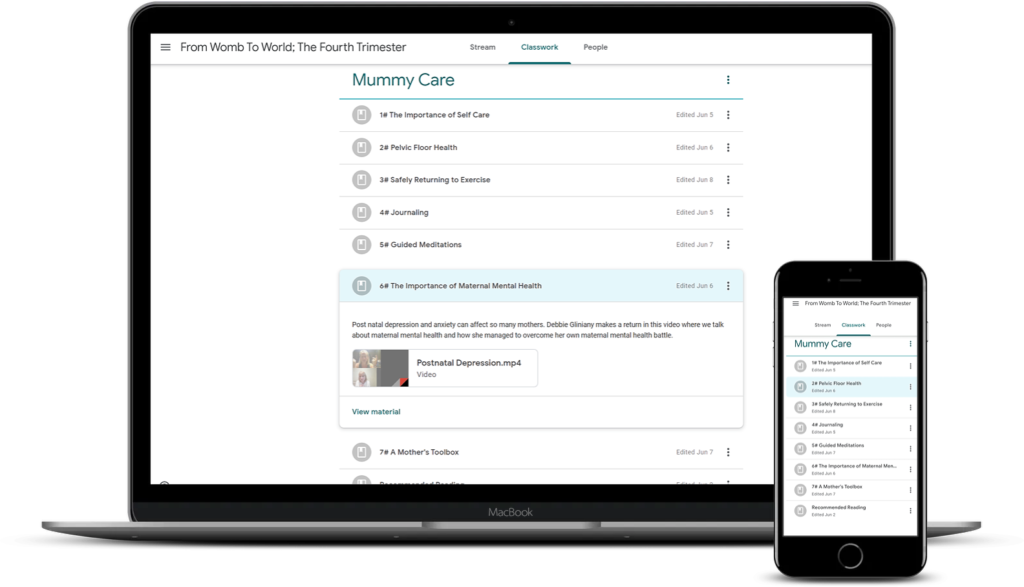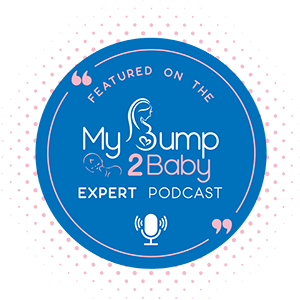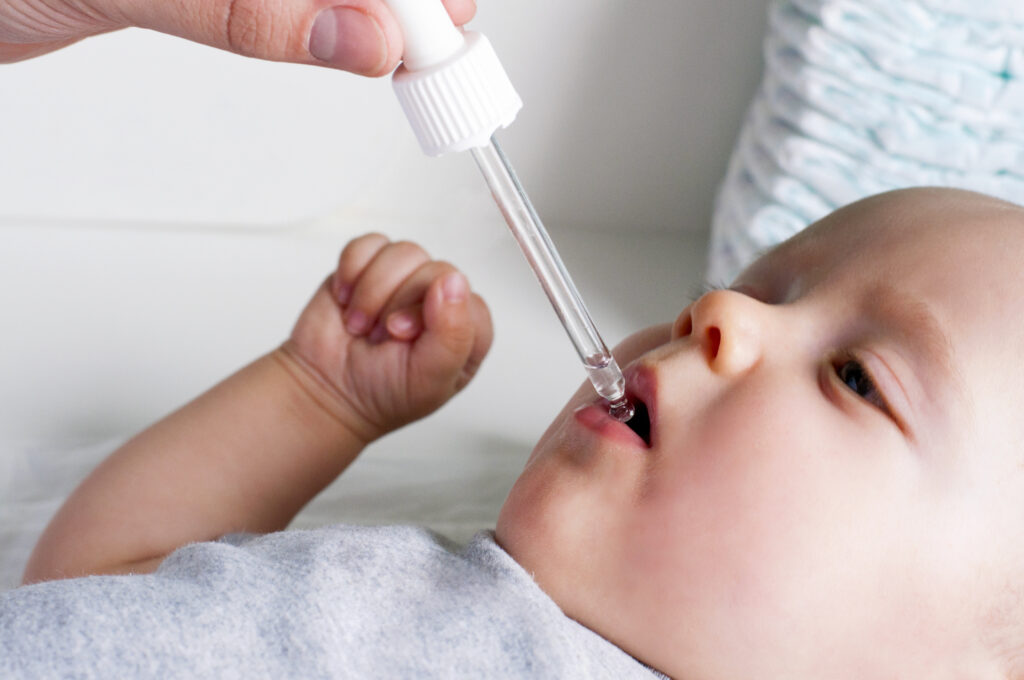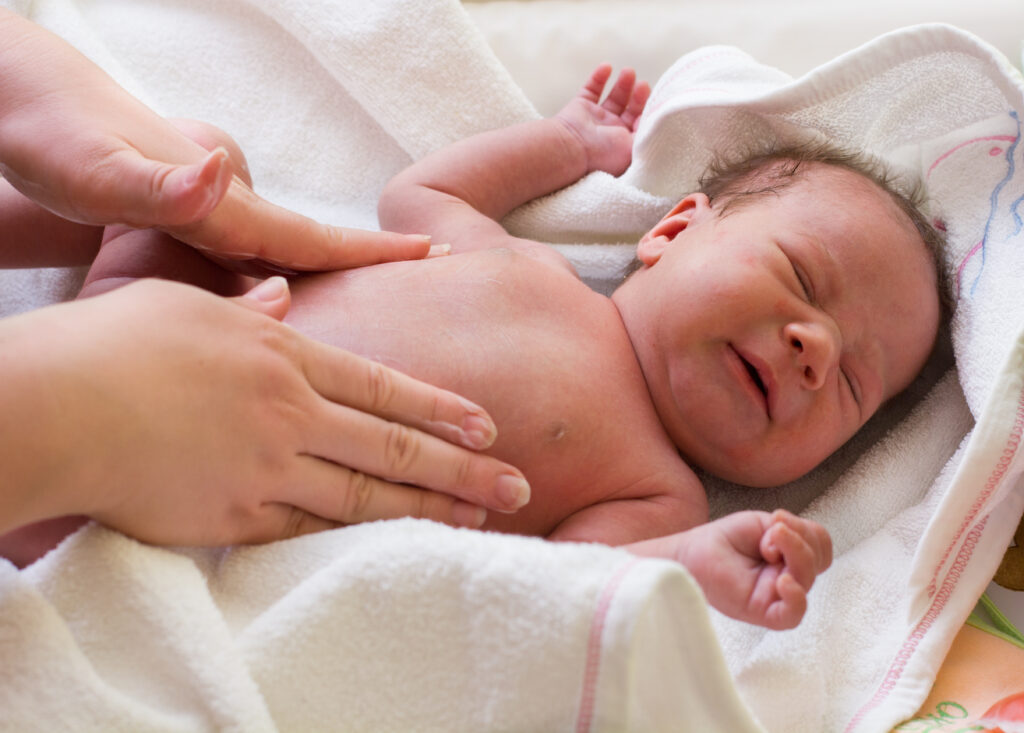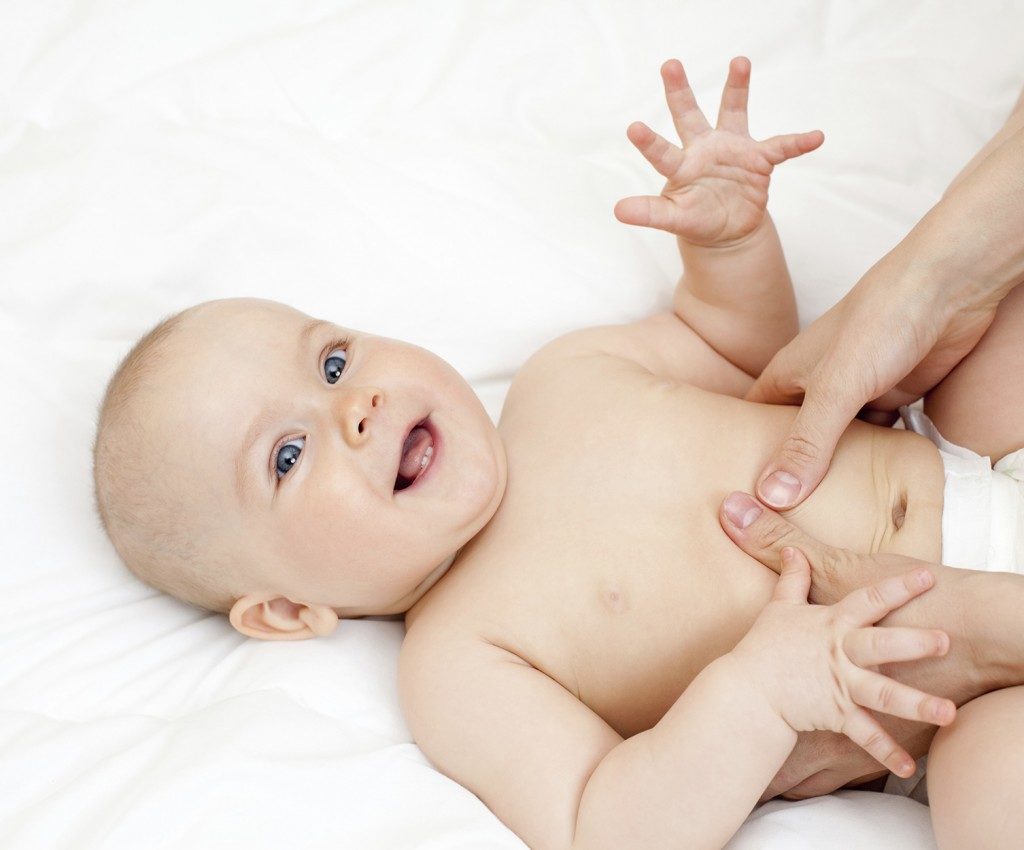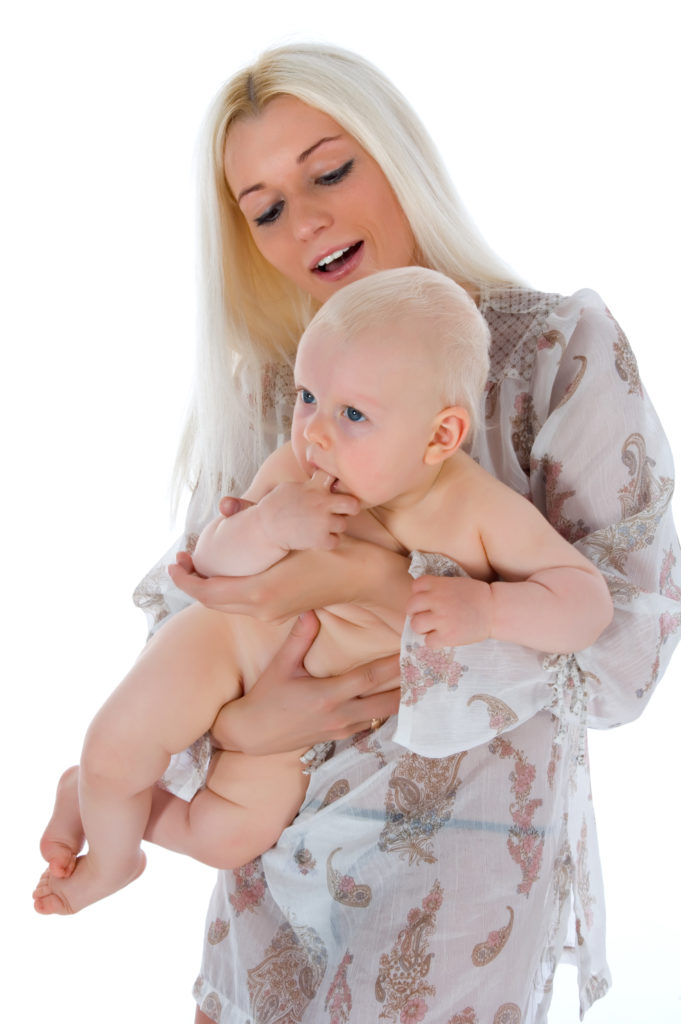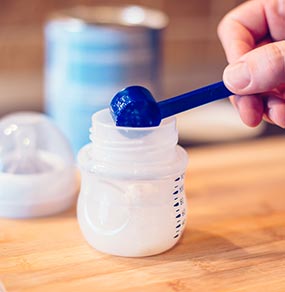Trapped wind in babies is one of the most well-known triggers for colic. This is when your baby is struggling to pass wind and suffers with trapped air bubbles and a build up of gas.
How do I know if my baby has trapped wind?
The typical symptoms include;
- Straining to pass wind
- Difficulty in burping
- Bloated/distorted abdomen
- Excessive flatulence
Why does a baby cry with wind?
Trapped wind is very uncomfortable for a baby and can cause bloating and stomach cramps. Babies can only communicate by crying at this young age which is why babies with trapped wind cry so much.
Why does it happen
A newborn baby’s digestion is immature at birth. It will get better as baby’s digestion matures, however the biggest reason why a baby gets trapped wind is due to swallowing air.
Intake of Air
This is a big reason why your baby could be struggling with trapped wind because they are taking in excess air. This applies to both breastfed and bottle-fed babies.
Breastfed Baby
A breastfed baby may have a poor latch so he is swallowing air whilst feeding. If you are concerned about this then seek out breastfeeding support. You can contact the National Breastfeeding Helpline for further advice.
Bottle-Fed Baby
A bottle-fed baby may be swallowing air whilst feeding if there is a poor seal around the bottle or if extra air is introduced to the formula when making up the feed. Ensure that you are not shaking the bottle when mixing the formula with the hot water. You can also purchase anti-colic bottles such as Dr Browns and MAM which work to reduce air bubbles in the formula.
A note of caution on formula preparation machines. They do add in extra air bubbles whilst making the feed. If you are using the machine and your baby is struggling with trapped wind, try using the traditional method and see if there is a difference.
Crying
Babies will also swallow extra air if your baby is crying. When you are feeding on demand it can be difficult to prevent your baby from crying whilst waiting for a feed. Having a rough idea of a schedule will be helpful as well as being alert to your baby’s hunger cues before the late stage of crying occurs. This is also the same for overtired babies who also cry and swallow air. Being attuned to your baby and their early tired signs can prevent the crying outburst and the extra air being swallowed. I also recommend dummies/pacifiers to help baby from swallowing too much air. Dummies can be a useful tool when your baby is struggling and I explain in my article Sucking to Soothe Colic how it can help.
Helping Babies with Trapped Wind
Burping is essential to help your baby whether breast fed or bottle fed. Winding techniques such as Wonky Winding positions the baby’s stomach so that the trapped air bubbles move from the stomach and up the oesophagus. This technique was created by Lyndsey Hookway. Remember, to keep that oesophagus straight so that the wind can easily travel up and out of baby.
Baby Massage
Baby massage is also an excellent tool against trapped wind. Massaging the tummy acts as a way of moving the wind through the digestive system. Due to that immaturity, babies can find it difficult to deal with the trapped wind themselves.
It is also excellent for providing pain relief. The release of the hormone oxytocin which happens when you massage means that babies do not feel those stomach cramps as much as a parent’s soothing comforting touch eases the pain.
Not only does it help the symptoms of trapped wind in babies but it also acts to mature the digestive tract through a process called myelination. It improves baby’s brain to body communication and the more you massage your baby, the more your baby can deal with wind effectively.
If you would like to learn more about baby massage for the tummy then you can check out my YouTube channel for a short demonstration.
If you are concerned about your baby’s wind and would like expert help, advice and tips to ease your baby through this difficult time, then you can head over to my care services. Find out how I can help you and your baby through colic.


